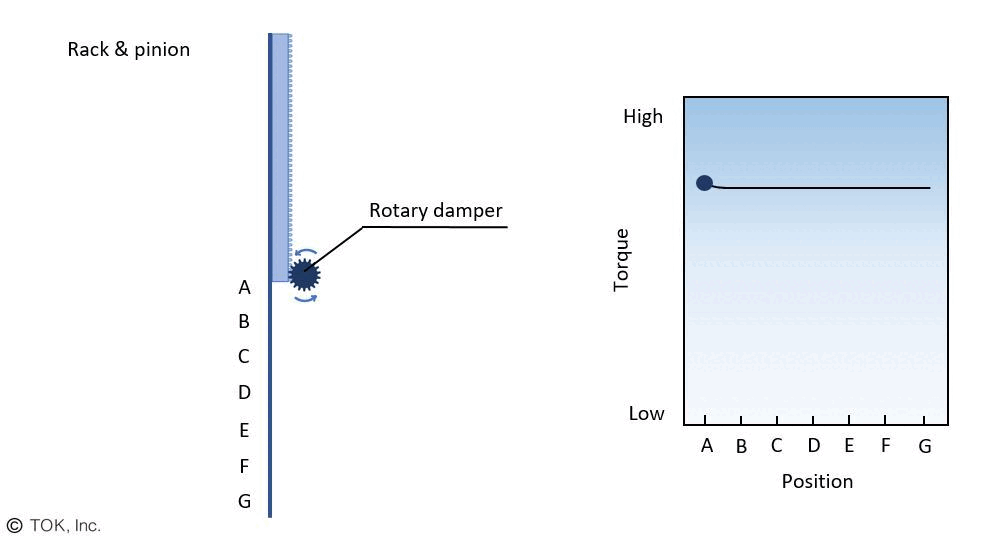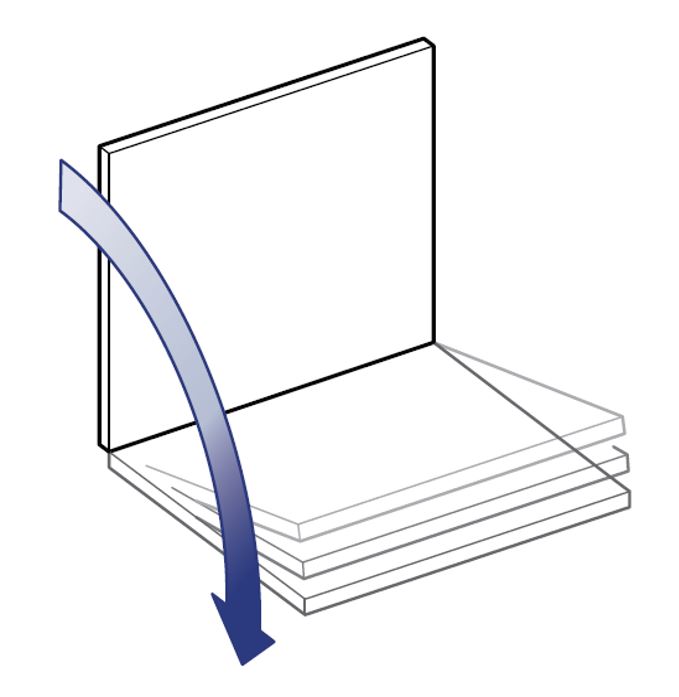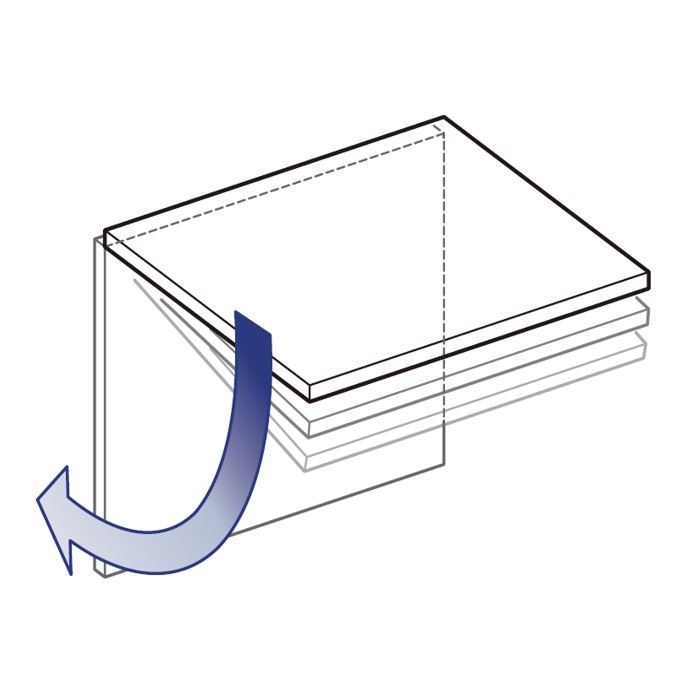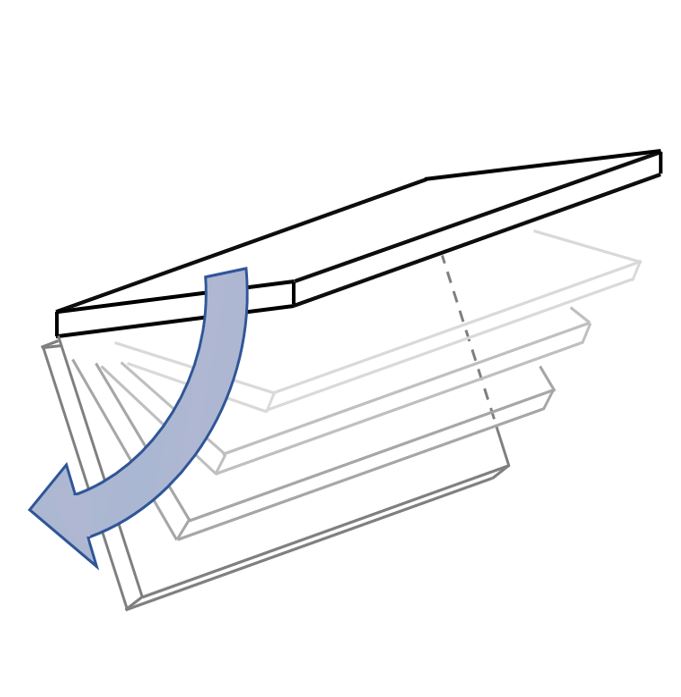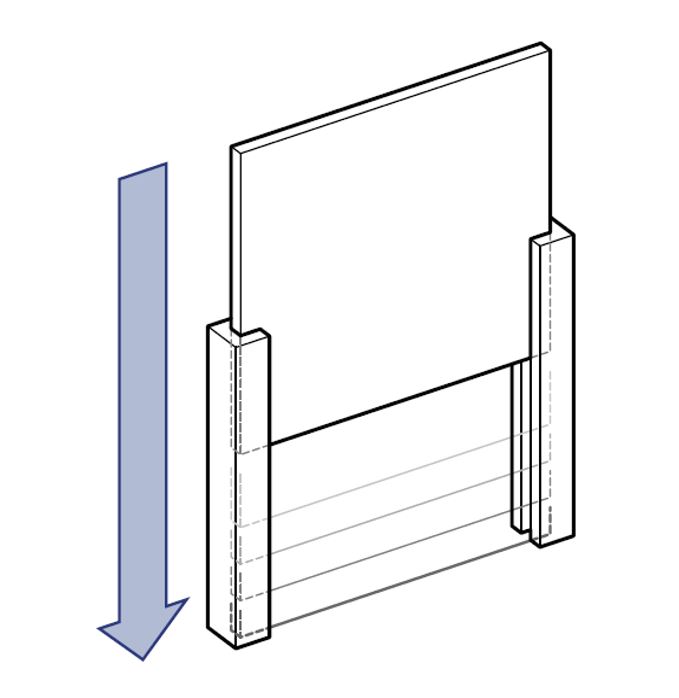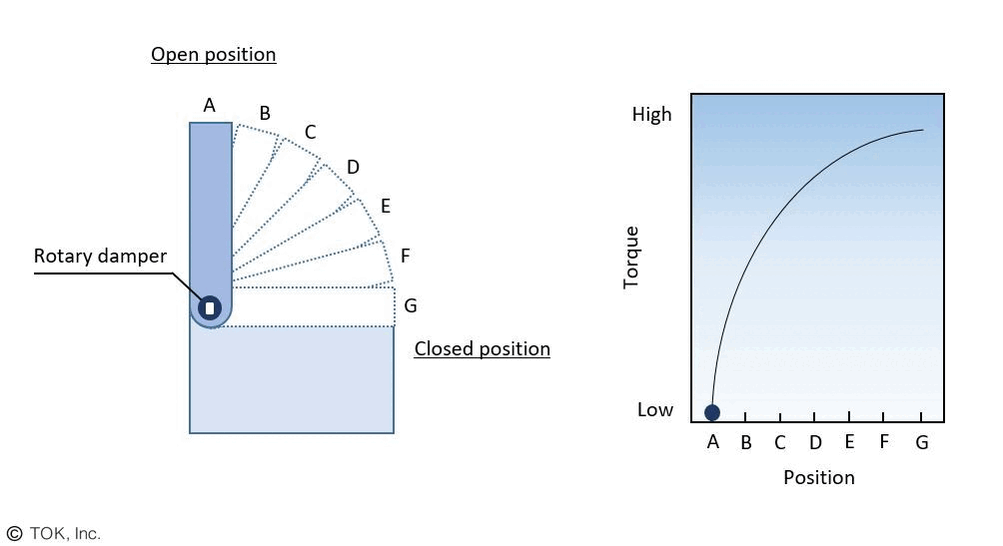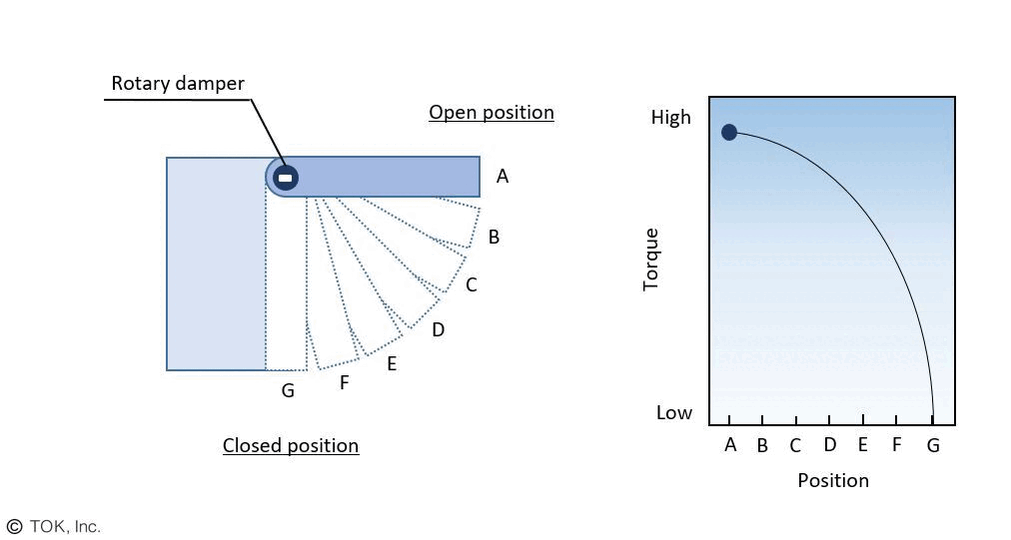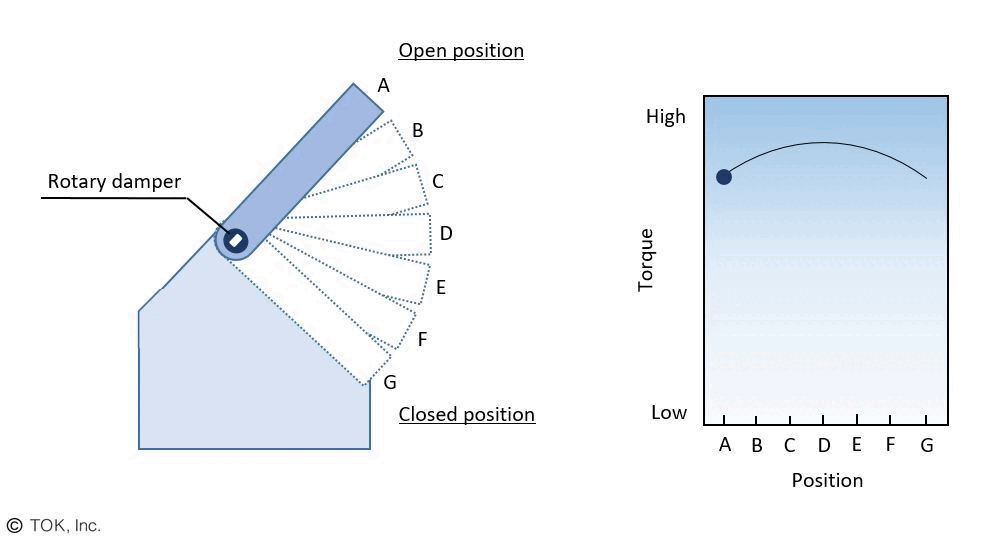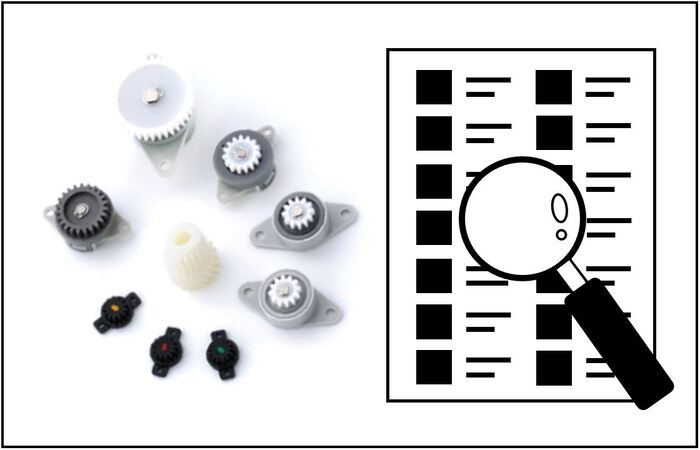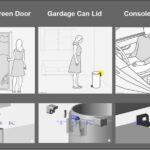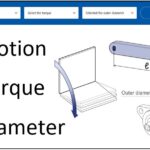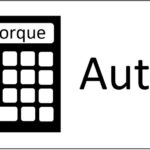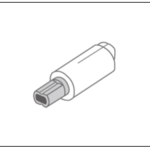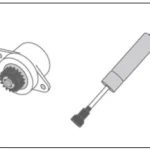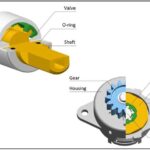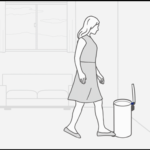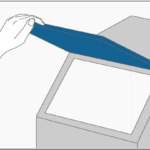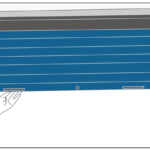Horizontal use is applied to the case where the final position of a moving object (application) becomes horizontal.
A rotary damper is placed at the rotation center, and the rotary damper torque increases gradually as the position becomes horizontal.
■Applications
– Dust boxes
– Toilet seat covers
– Piano lids
– TV console doors
– Industrial refrigerator doors
Vertical use is applied to the case where the final position of a moving object (application) is suspended vertically.
A rotary damper is placed at the rotation center, and the rotary damper torque becomes the largest at the horizontal position and then decreases gradually.
■Applications
– Bakery shelves
– Range hoods
– Vending machines
– Shower sheets
– Cat doors
Horizontal use & Vertical use is applied to the case where the final position of a moving object (application) becomes diagonal. A rotary damper is placed at the rotation center, and the rotary damper torque increases gradually as the position becomes horizontal and when the position becomes horizontal, the torque reaches a maximum, and then decreases gradually.
■Applications
– Dust boxes
– Bakery shelves
– Storage boxes
This method is used to slow the movement of free fall, as well as the pop-up operation, by means of a spring, using the rack and pinion mechanism.
This enables the operation of a moving object at constant speed.
■Applications
– Drink dispenser
– Sliding doors
– Cord rewinding
– Flush buttons
– Drink holders
Relationship between motion and torque
